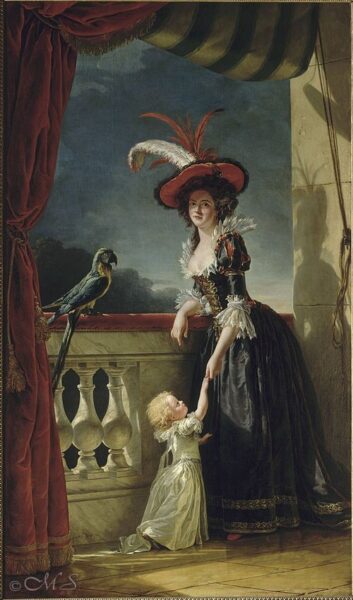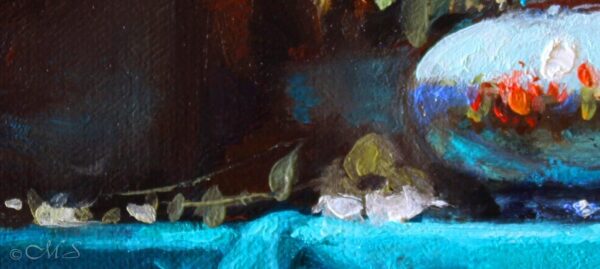Adelaide Labille came from a more modest background than the previous three women featured in this series. In spite of this, she rose to fame and became known as the greatest women pastel portraitist next to Rosalba Carriera. What is noteworthy to me, is even though many women artists rise in fame during their lifetime, their prominence fades over the years.

Marriage, children, and families always play a major role in life and these women artists are no different. One of eight children, Adelaide Labille was born in Paris in 1749 the daughter of a haberdasher. Her personal life was tumultuous in that, she was in an unhappy marriage and after ten years was legally separated.
At this point, she was known as Labille-Guiard adopting her husband’s name. She had no children, and was free to pursue her art. Adelaide became a sought-after teacher and active serious artist, working mostly in pastel but eventually became adept in other mediums including oils.
A Champion for the Rights of Women
She became a fierce advocate for not only her female students but all women artists encouraging them to pursue their own artistic path. The most renown of whom was Gabrielle Capet (1761-1817), one of the most recognized miniature painters of her day.
A Standing Ovation for Adelaide

In 1774, her masterful pastel self-portrait was exhibited at the Salon de la Correspondence. Reportedly, the spectators burst into applause when she entered the room where it was displayed. In her biography of Labille-Guiard, Germaine Greer wrote, “Despite the facility of the medium and the characteristic lightness of the effects, she had rendered even more faithfully than the glimmer of silk and velvet and the froth of lace the impression of an earnest, recollected personality, whose will and courage are overlaid by patience and steadfastness. The depth of the impression made by her steady dark eyes is still remarkable.”
Adelaide was admitted to the Academie Royale and shortly after the membership number of women artists at the Academie was limited to four. Another hurdle she had to endure was the request for procurement of an apartment in the Louvre. Applications for space there had earlier been rejected because it was felt the presence of her young female pupils would be a disruption to the male artists and students in residence. She finally did win the argument and obtained the space in 1795.
Standing Up for Women
Adelaide Labille-Guiard faced many social barriers during her artistic journey, but she persevered and did not back down. Many benefited because of her unwavering fight for equality. In her final years, she suffered from ill health and died in 1803 at age 54.


I have been totally enthralled by this series. Thank you Margret.
Thank you, Louise for your comment. It is nice to know we are of like minds.
Margret, thank you. I so appreciate your focusing on these outstanding female artists because they are otherwise shoved under the rug compared to men who dominate. I keep hoping for the day when we can, together, male and female, just be “artists” without the gender distinctions. It’s the same with galleries or magazines that run contests or exhibitions with distinctions like “over sixties.” It’s all a kind of discrimination that needs eradication.
Hello Marsha, I am so pleased that you appreciate this series. This is something that I have observed through many years of reading history books and visiting museums and galleries. The saying, ‘Dancing Backwards and in High Heels’ has always both amused and irked me because it is perfectly fitting. Once I read of a situation in a life drawing class with Thomas Eakins as the instructor and the students were women. It was forbidden to have a nude model, so they substituted with a cow. Sometimes I don’t think we have come very far.